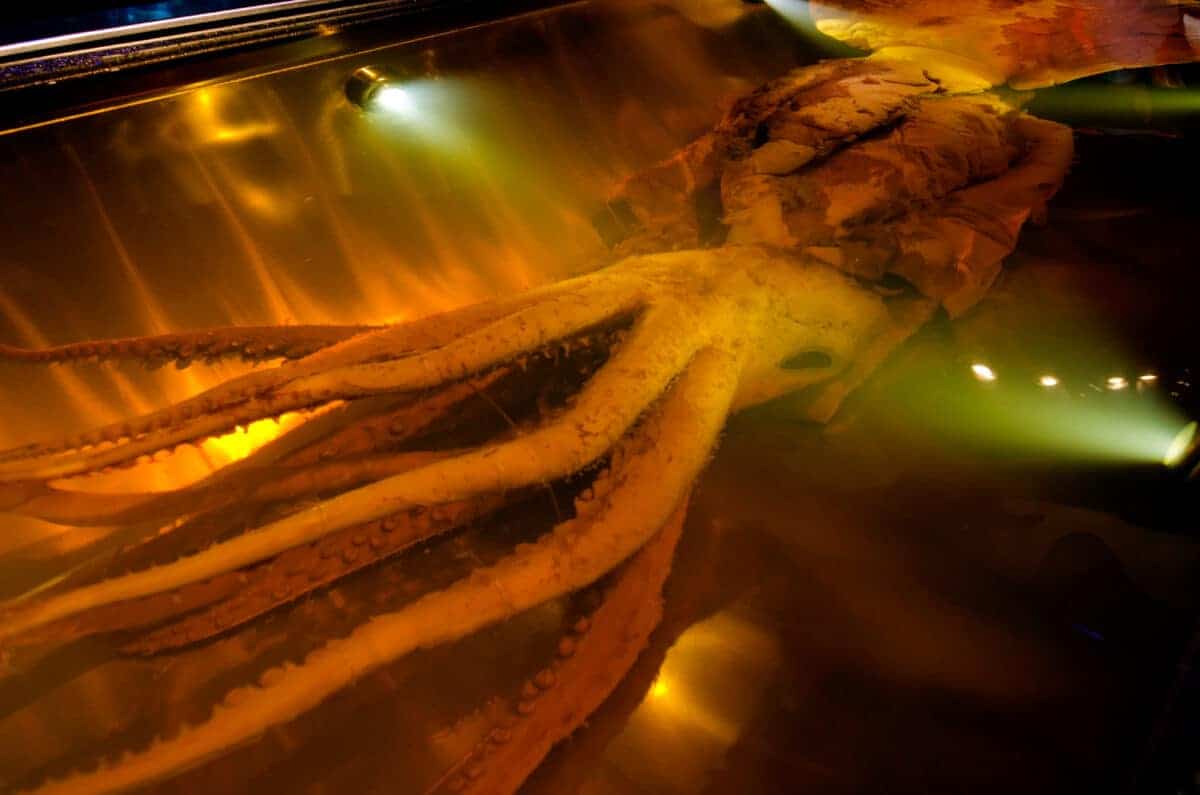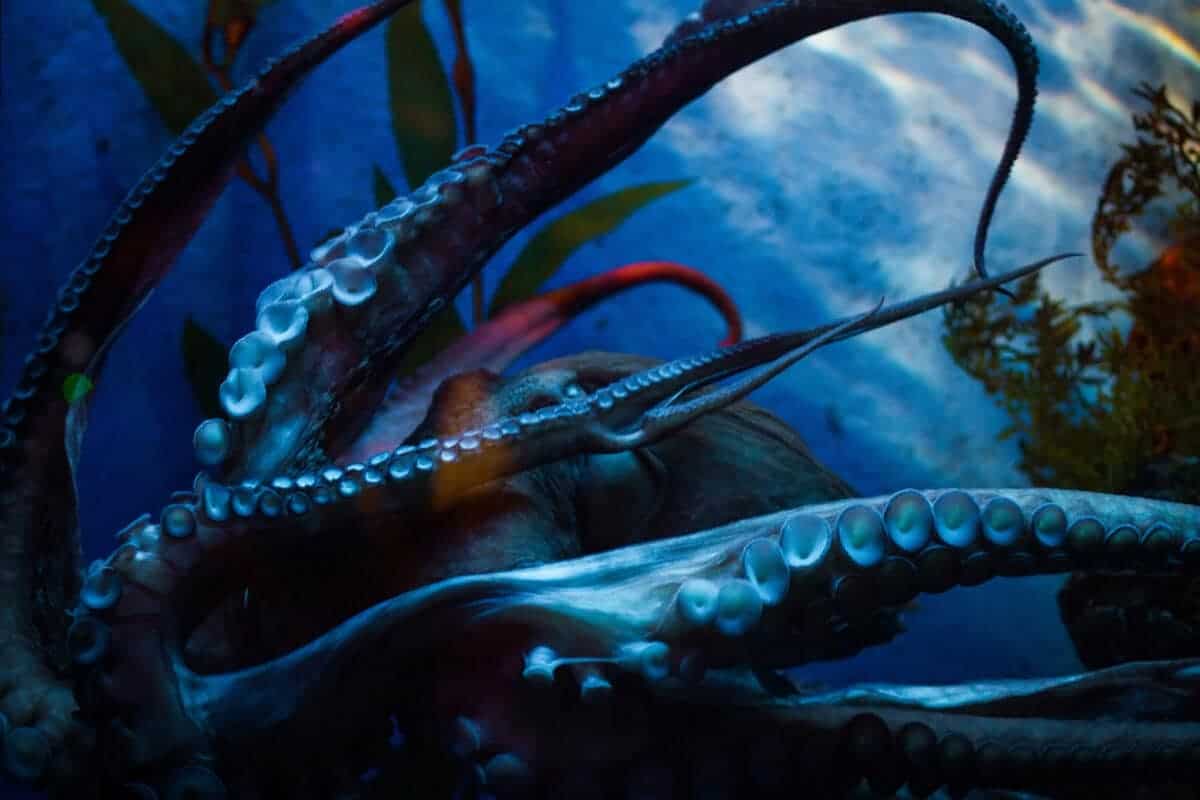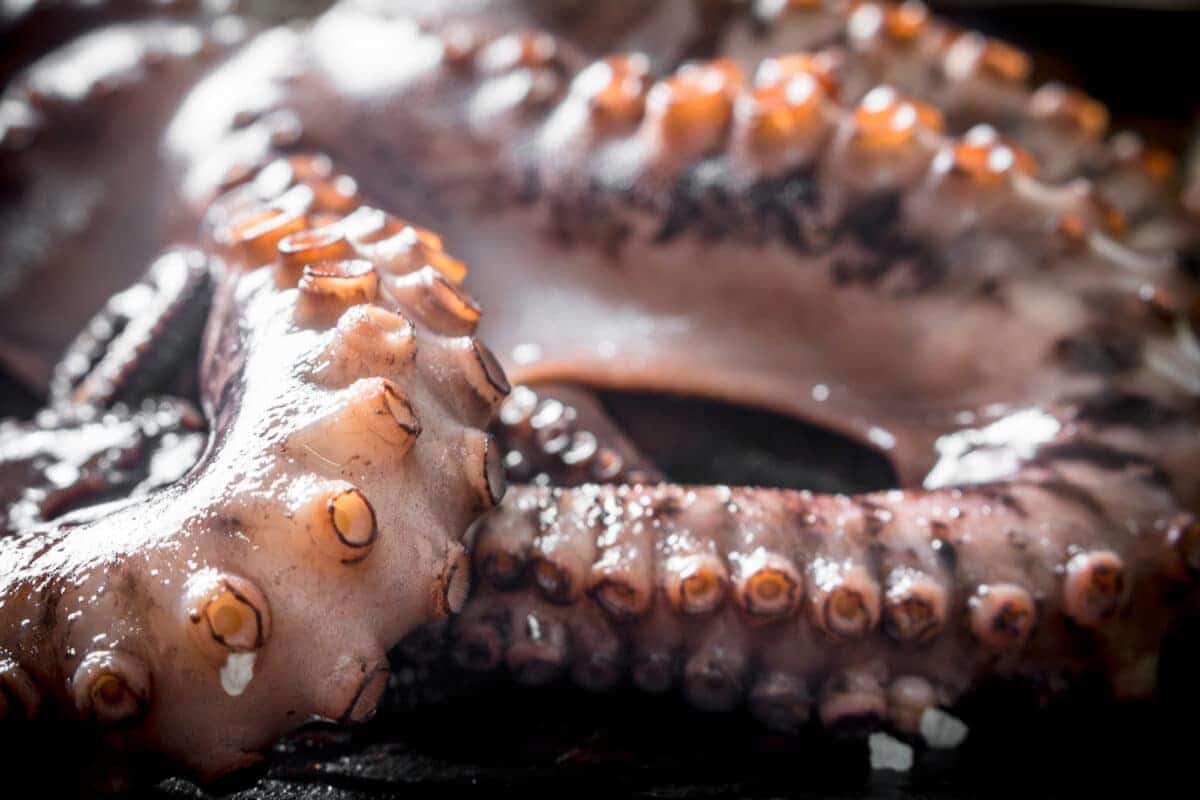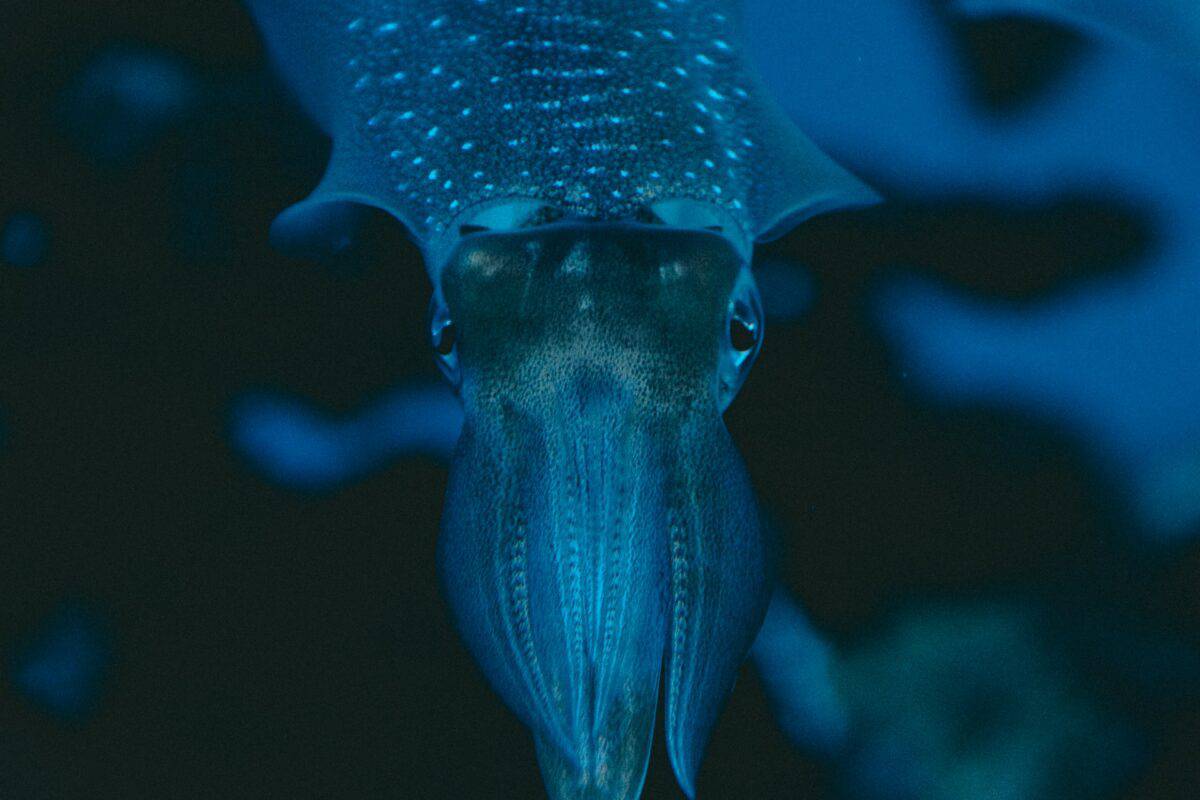The ocean is shrouded in mystery, with its depths housing creatures beyond our wildest imagination. Among the most enigmatic of these inhabitants is the giant squid, a colossal being that has inspired maritime legends and scientific intrigue alike. This article delves into the world of the giant squid, uncovering fascinating facts about this elusive sea creature from its biology to its interactions with humans.
The Elusive Nature of the Giant Squid

The giant squid, belonging to the genus Architeuthis, is notoriously difficult to study due to its deep-sea habitat. Often living at depths of over 1,000 meters (3,300 feet), sightings are rare, making these creatures something of a myth for centuries. Only in recent years has technology allowed us a glimpse into their underwater world, revealing a creature truly incredible in size and adaptability.
A Giant Among Cephalopods

With lengths that can exceed 12 meters (39 feet), the giant squid is one of the largest invertebrates on the planet. Its body comprises a mantle, head, and eight arms—each equipped with suckers lined with small, serrated rings for grasping prey. Its long tentacles, used for capturing food, can extend even further than its body length. This unique anatomy allows it to thrive in its deep-sea environment.
Eyes Designed for the Deep

One of the most remarkable features of the giant squid is its eyes, which are the largest in the animal kingdom and can be as large as a dinner plate. These massive eyes are an adaptation to the dark depths of the ocean, allowing the squid to detect faint light and spot predators and prey at great distances. This exceptional ability is crucial for its survival in the abyss.
Feeding and Hunting Techniques

The diet of a giant squid consists primarily of deep-sea fish and other smaller squids. Using its long tentacles, the squid captures its prey, drawing it toward its sharp beak, where it is sliced into manageable pieces. This carnivorous lifestyle requires a keen sense of detection and the capability to make quick, precise movements despite the high-pressure environment of the deep sea.
A Short but Fascinating Lifespan

The lifespan of a giant squid is surprisingly short, ranging from one to five years. During this time, they grow rapidly, reaching their full size within this brief period. Reproduction involves the male transferring a spermatophore to the female, who then carries the developing eggs. Despite their brief lives, these creatures leave a significant impact on the oceanic food chain.
Reproductive Mysteries

Much of the reproductive behavior of giant squids remains a mystery. Scientists have speculated about their mating rituals, which likely occur in remote and inaccessible ocean regions. Studies of dissected specimens provide some insight, revealing specialized anatomical features that suggest unique strategies for ensuring successful reproduction in the vast ocean depths.
The Role in the Ecosystem

Giant squids play a crucial role as both predator and prey in their marine ecosystem. While they hunt various sea creatures, they are also preyed upon by sperm whales, which are one of their few natural predators. The squid’s role in maintaining the balance within the deep-sea food web underscores its importance within the oceanic biological community.
Encounters with Humans

Most human encounters with giant squids have been accidental, occurring when they wash ashore or are caught in fishing nets. However, these encounters have significantly shaped our understanding of these creatures and have often been steeped in superstition and awe. Our fascination with the giant squid has also fueled stories and myths throughout history, with many sailors and explorers weaving tales of monstrous sea creatures.
Legends and Cultural Impact

The giant squid has inspired numerous legends and cultural lore, most notably the myths of the Kraken, a sea monster said to dwell off the coast of Norway and Greenland. This mythical beast was often depicted as a monstrous squid, capable of dragging entire ships beneath the waves. Such tales highlight the blend of fear and fascination that these creatures inspire.
Scientific Study and Exploration

The study of giant squid has advanced dramatically in recent years, thanks to deep-sea exploration and new technologies like submersibles and remote cameras. Scientists can now observe these creatures in their natural habitats, leading to significant discoveries about their behavior, biology, and lifespan. This research is essential to unraveling the many mysteries still surrounding these elusive giants.
The Impact of Climate Change

Like many marine species, giant squid may be impacted by changing ocean conditions attributable to climate change. Altered sea temperatures and changing food availability could affect their distribution and abundance. Understanding how these changes affect giant squids is critical for preserving their populations and ensuring the health of ocean ecosystems.
The Future of Giant Squid Research

Continued advancements in marine research technologies promise to unlock even more secrets of the giant squid. As scientific teams venture further into mysterious depths, our knowledge of these creatures—and our appreciation for their role in the ocean—will undoubtedly grow. Future research may provide new insights into their biology and ecology, enriching our understanding of life beneath the waves.
Conclusion

In conclusion, the giant squid remains an awe-inspiring symbol of the ocean’s mysteries, embodying both the majesty and the enigma of the deep sea. As we continue to explore our planet’s last frontiers, the secrets of this colossal sea creature remind us of the vast and intricate ecosystems that exist beyond our everyday perception.
- 10 Animals That Risked Their Lives to Save Humans - August 9, 2025
- 14 Reasons Why Bears Are Afraid of Humans (Most of the Time) - August 9, 2025
- 11 Frogs That Look Too Weird to Be Real - August 9, 2025

